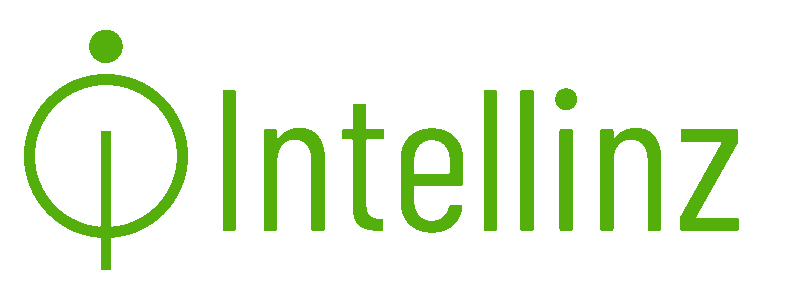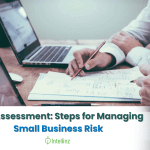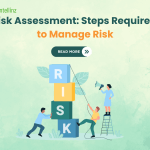How to Conduct Due Diligence When the Risk of Money Laundering is High.
Performing KYC due diligence is a critical skill that every anti-money laundering analyst should possess. When it comes to investigating a potentially suspicious business or banking transaction, the first step is customer due diligence (CDD). Certain countries with a strong anti-money laundering framework require financial institutions to perform customer due diligence when setting up business relationships with them.
In this guide, you’ll learn how to conduct customer due diligence when the money laundering risk is high such as in the banking sector. Let’s begin with the three levels of customer due diligence:
The Three Levels of Customer Due Diligence
Standard Customer Due Diligence
Standard CDD has to do with identifying the potential customer, making sure that it’s based on a reliable independent source. It involves conducting an assessment of the intended nature and purpose of a business transaction or relationship and obtaining further information when required.
Simplified Customer Due Diligence
This level of CDD is used for cases where the risk assessment showed a low or negligible risk of money laundering. Identifying the potential customer is enough. Verification of the customer’s identity is not required in this case.
Enhanced Customer Due Diligence
Enhanced customer due diligence is the most rigorous one that’s applied to cases where the money laundering risk is incredibly high. A simple example is when a potential client is a well-known politician.
This type of customer due diligence involves acquiring additional identification information from the customer, determining the intended nature of the business relationship, understanding the purpose of the transaction, obtaining information about their source of wealth or source of funds, and making them undergo additional ongoing monitoring procedures.
Steps to Conduct Customer Due Diligence
Step 1: Collecting Data
Before anything else, detailed customer information is collected. The exact details will vary depending on whether the potential customer is an individual, a business entity, or a trust. Their wealth profile is also created by obtaining information about their source of wealth, annual income, and source of funds.
Step 2: Information Verification
The next step is to conduct a background check to verify whether the collected customer information is correct and accurate. Documents issued by an independent recognized agency or a government body are a great source for verifying the details.
Step 3: Name Screening
The analyst will then check an internal blacklist database or a name-screening database to confirm that the potential customer isn’t known to be of heightened risk so that they don’t pose a threat to the organization. If the person has a profile of a criminal, politically exposed person, terrorist, reported by the media to be engaged in an adverse activity, or is a sanctioned individual, this step will help you find that out.
Conclusion
To sum it up, if you’re a financial institution, your customer due diligence process should depend on the degree of money-laundering risk involved. The KYC due diligence process itself largely involves data collection, verification, and background checks. For more assistance in the due diligence process, reach out to Intellinz at your earliest.






